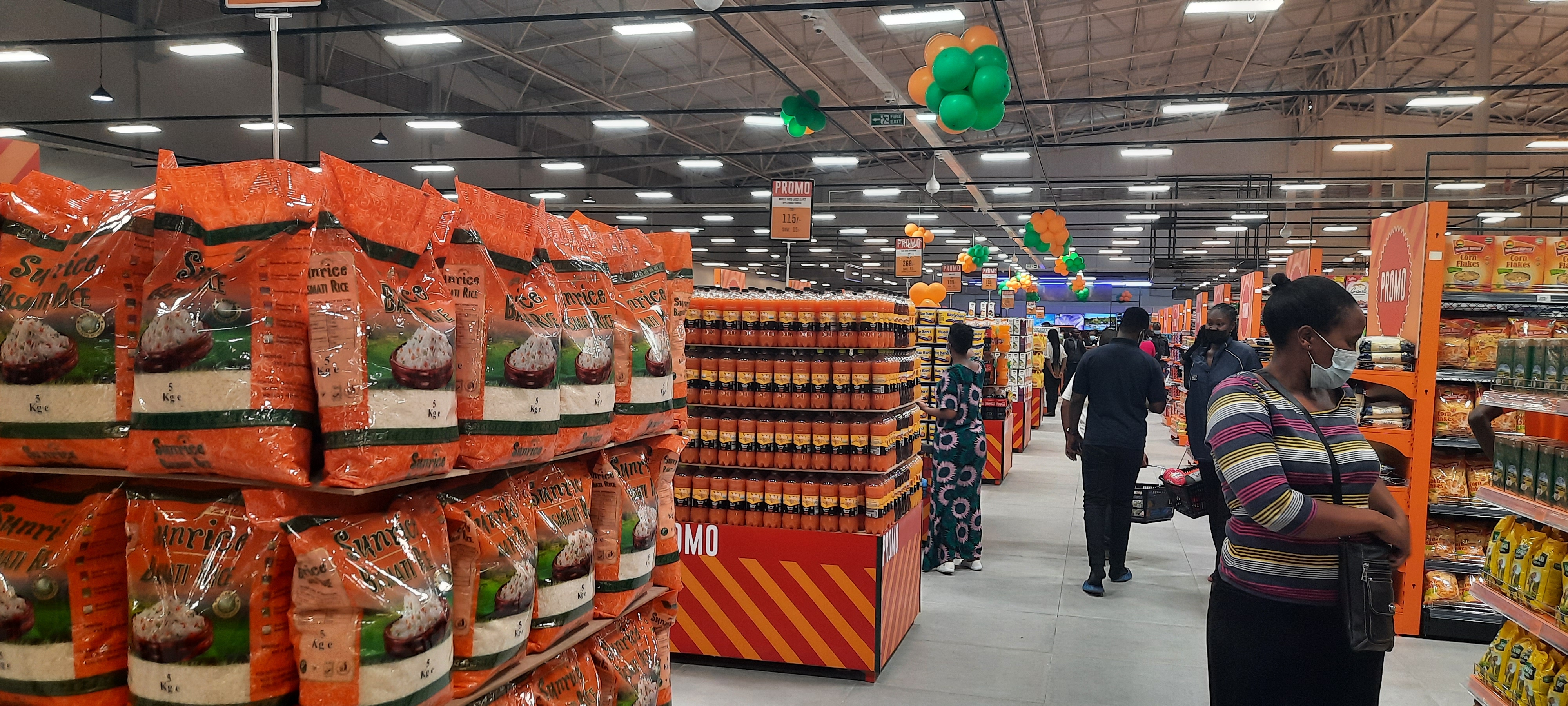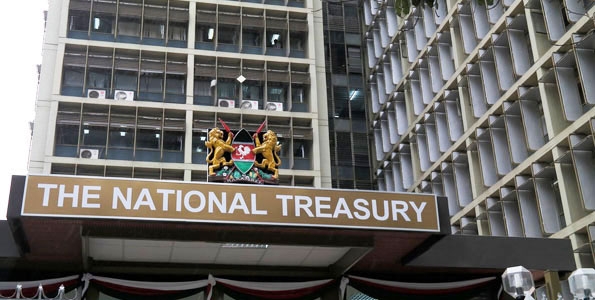

Shrinking disposable incomes and rising commodity prices has reduced mall trips by consumers who now favour neighbourhood stores.
New findings by property firm Knight Frank shows that while statistics paint a picture of macroeconomic recovery, the daily reality for most households tells a different story — one of calculated trade-offs and vanished luxuries.
Rising tariffs, taxes, and global cost pressures have pushed up prices on everyday goods, forcing consumers to cut back.
The spiral effect is visible in malls, where foot traffic - the movement of people on foot within the retail stores has dipped.
While mall footfall has declined, overall retail spending has remained relatively stable as consumers redistribute their shopping across more convenient locations.
“This trend is further exacerbated by rising product prices, as manufacturers pass increased production costs - driven by higher tariffs, taxes, levies, and global geopolitical tensions onto consumers. Consequently, mall footfall has declined, as many consumers opt to limit their visits,” the report reads in part.
Knight Frank says the decline isn’t dramatic but is noticeable—especially since most malls use digital footfall trackers.
For tenants, fewer shoppers translate into lower revenues, though not yet steep enough to force rent reductions.
Prime mall rents still average about Sh600 per square foot per month, with premium locations commanding more.
“Meanwhile, in the push for convenience, the growing trend among supermarkets to open outlets in standalone residential buildings is likely also contributing to the gradual decline in mall traffic,” the report reads in part.
The findings show that being faced with declining foot traffic, top-tier malls are reinventing themselves as destinations rather than mere shopping locations.
Leading malls including Sarit Centre, The Junction Mall and Village Market maintain occupancy rates above 85 per cent by leveraging their strategic locations, brand equity, and loyal customer bases.
Still, retailers are adapting. Big supermarket chains such as Carrefour and Naivas are taking their services closer to where people live. By opening more outlets in residential neighbourhoods, they are betting that convenience will keep cash registers ringing even as consumers tighten their belts.
While premium malls target experience-seeking shoppers, a different retail revolution is unfolding in low- and middle-income neighbourhoods.
This as Local budget retail chains are filling a crucial gap left by larger retailers who traditionally focused on higher-income areas.
Jaza, launched in December 2023 with a flagship outlet in Nairobi's Buruburu, has grown rapidly to 24 outlets, including 11 stores in Nairobi County.
The low-cost retailer specifically targets consumers priced out by traditional supermarkets.
Findings show that this budget retail segment represents one of Kenya's most promising retail growth areas, serving populations previously dependent on small retail outlets (dukas) that couldn't match the buying power and pricing of organised chains.
However, Kenya’s leading retailers are pressing ahead with expansion plans despite a slowdown in mall footfall.
In the first half of 2025, Carrefour opened new branches at Promenade Mall in Westlands and Sea Angel Mall in Mombasa, raising its total outlets in Kenya to 29.
Naivas also grew its network, launching its 110th store at Eneo in Tatu City.
Household goods retailer China Square added two stores at Two Rivers and Greenspan Mall in Embakasi, bringing its total to seven, while rival Panda Mart opened its second outlet at Galleria Mall.
















